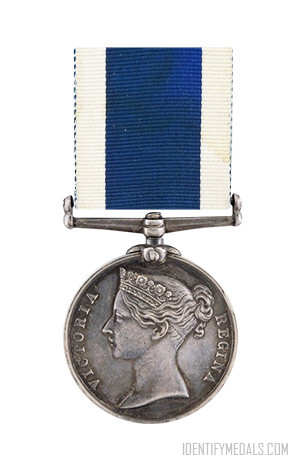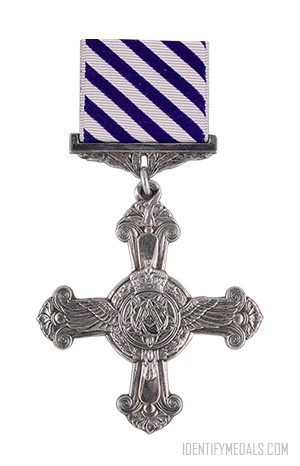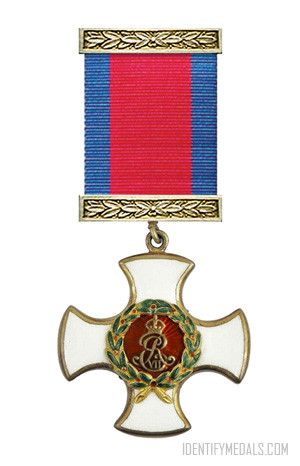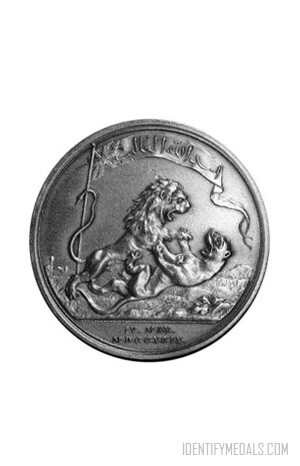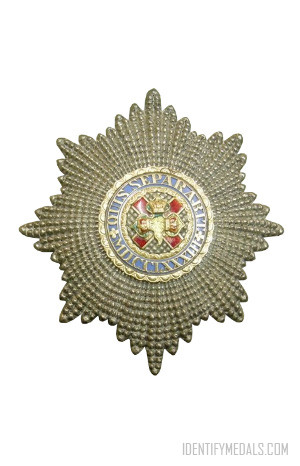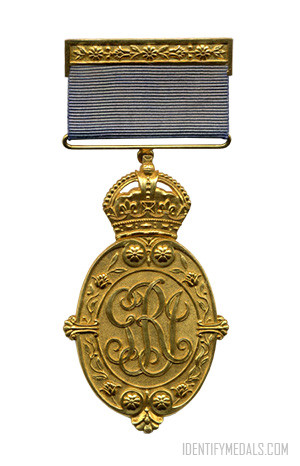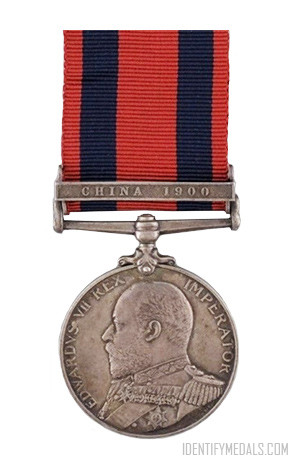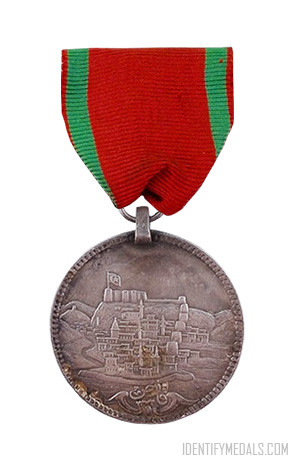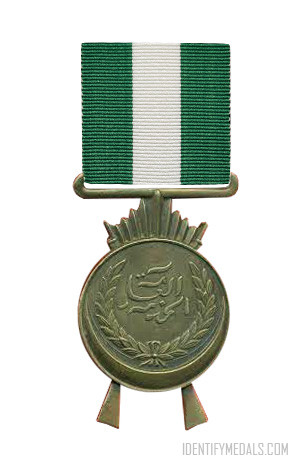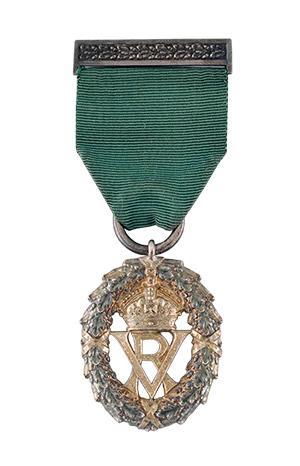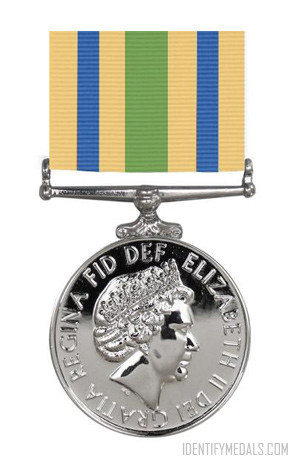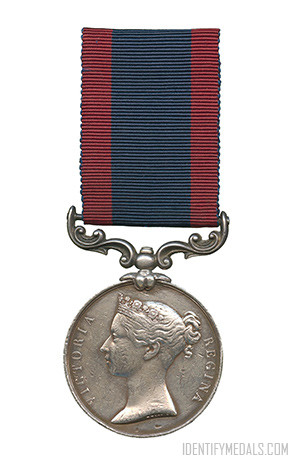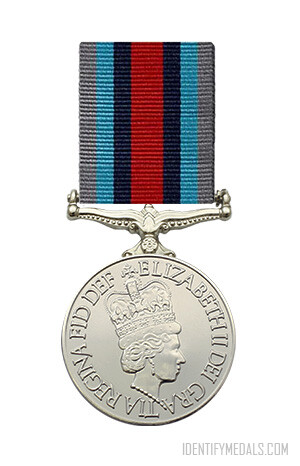- Time Period: Pre-WW1
- Institution: 1848
- Country: United Kingdom
The Naval Long Service and Good Conduct Medal (1848) is awarded to regular members of His Majesty’s Naval Service for long service. Instituted by Queen Victoria to replace the 1830 version, it initially honored other ranks and men in the Royal Navy and Royal Marines. Since 2016, the medal is awarded to all regular members, including officers, after completing fifteen years of service.
The original 1830 medal, known as the “anchor type,” was introduced by King William IV and awarded after 21 years of service. It was used until 1847, during Queen Victoria’s reign.
Initially requiring 21 years of service, the qualifying period was reduced to ten years in 1874, then increased to fifteen years in 1884. Despite some confusion regarding changes, the regulations were last updated on 1 October 2016, confirming the fifteen-year service requirement.
The Naval Long Service and Good Conduct Medal Design
The medal is struck in silver, measuring 36 millimeters (1.42 inches) in diameter, slightly larger than the earlier “anchor type” medal from 1830, which is 34 millimeters (1.34 inches) in diameter.
The obverse features the effigy of the reigning monarch. Since its institution in 1848, seven versions have been issued, including two versions each during the reigns of Queen Victoria and King George V.
The reverse depicts a starboard broadside view of HMS Victory, Lord Nelson’s flagship at the Battle of Trafalgar in 1805. The ship is encircled by a rope tied with a reef knot at the bottom, with the inscription “FOR LONG SERVICE AND GOOD CONDUCT” around the circumference. The design has remained mostly unchanged, though early Queen Victoria versions with a wide suspender featured a larger flag at the masthead, while later versions had a more triangular flag.
The clasp features a laurel leaf design. When only the ribbon bar is worn, a silver rosette on the ribbon indicates the award of a clasp.
The original 1848 ribbon, paired with the wide suspender version of the medal, was 38 millimeters wide and Navy blue with 7 millimeter wide white edges. With the introduction of the narrower suspender version in 1874, the ribbon was changed to 32 millimeters wide and Navy blue with 6½ millimeter wide white edges.
More British Long Service and Good Conduct Decorations
The British military has instituted several Long Service and Good Conduct Decorations, each honoring the dedication and exemplary service of its personnel across different branches. Here are some other ones from different time periods:
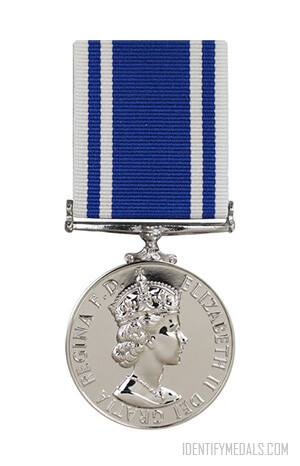
The Police Long Service and Good Conduct Medal
The Police Long Service and Good Conduct Medal was instituted in 1951 and is awarded for twenty aggregate years of service in the police.
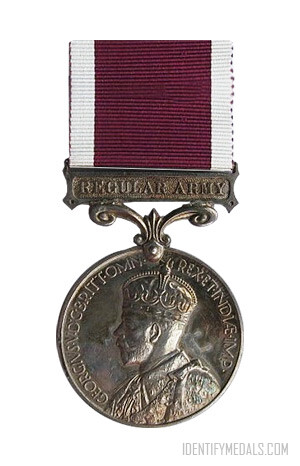
The Medal for Long Service and Good Conduct
The Medal for Long Service and Good Conduct was instituted by King George V in 1930 and initially awarded to Regular Force officers.
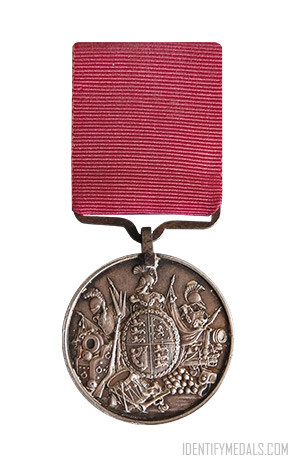
The Army Long Service and Good Conduct Medal
This Army long service medal was instituted by King William IV in 1830 and remained in use for a hundred years, until 1930.
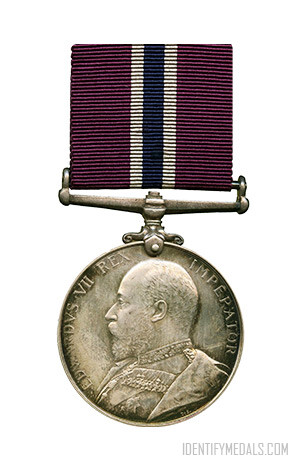
The Permanent Forces of the Empire Beyond the Seas Medal
The Permanent Forces of the Empire Beyond the Seas Medal was established in 1910 to supersede the several local versions of the Army one.
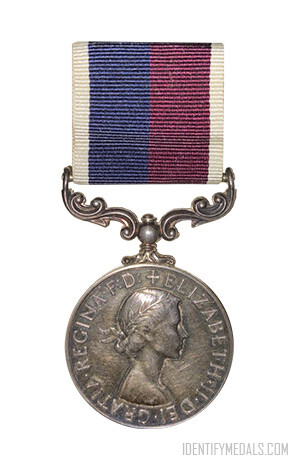
The Royal Air Force Long Service and Good Conduct Medal
The Royal Air Force Long Service and Good Conduct Medal was instituted by King George V in 1919 and awarded to officers and airmen.
Find these medals online:

